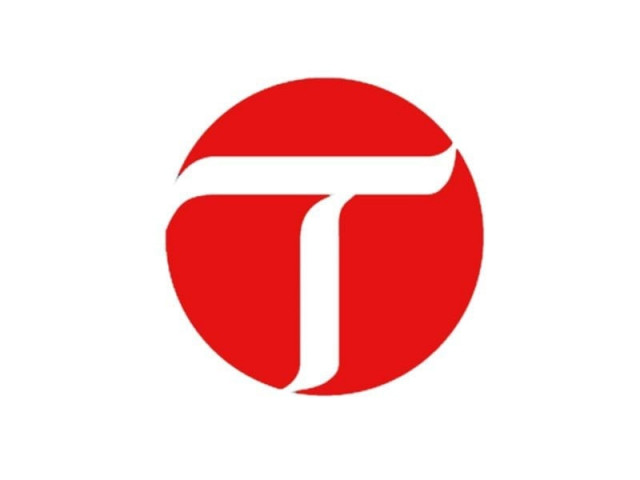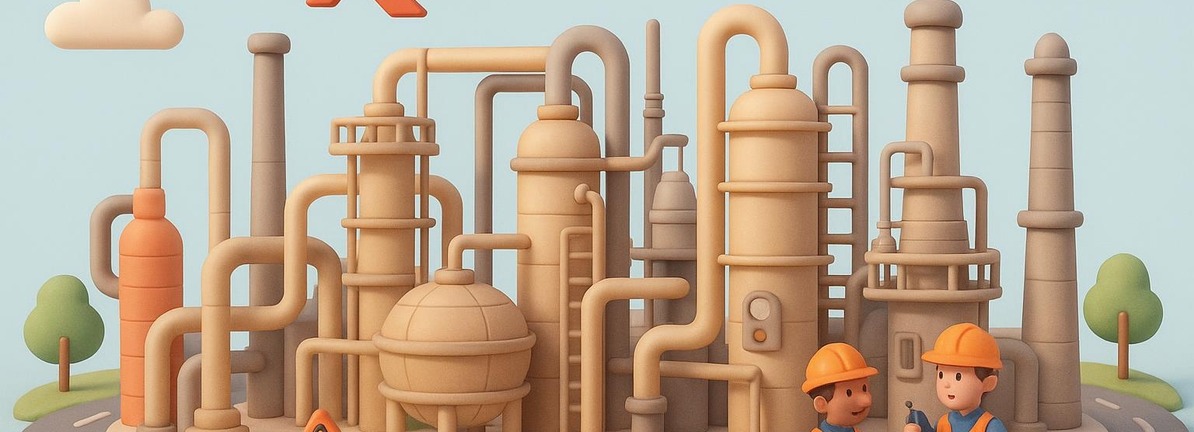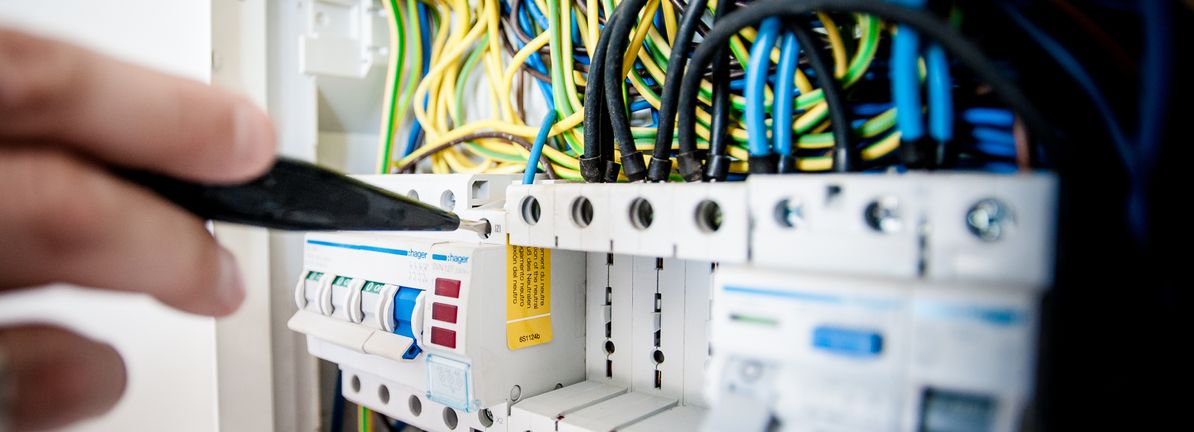Liverpool matched their worst-ever Premier League run as they sunk to a 3-2 defeat at Brentford on Saturday for their fourth consecutive league loss.
Despite appearing to put an end to their disastrous run of form with a 5-1 crushing of Eintracht…

Liverpool matched their worst-ever Premier League run as they sunk to a 3-2 defeat at Brentford on Saturday for their fourth consecutive league loss.
Despite appearing to put an end to their disastrous run of form with a 5-1 crushing of Eintracht…


An ADHD diagnosis means a person is prone to impulsivity and distractibility, which can manifest in the form of substance misuse, traffic accidents, criminality and even suicidal behavior.
A recent study published in the British Medical…

 BBC
BBCA TV presenter has described how she has had to fight for treatment and scans as she battles breast cancer.
Mari Grug, 41, from Mynachlog-ddu in Pembrokeshire, was…

Pakistan’s iron and steel scrap, raw material for iron bars used in housing and other infrastructure building, imports surged to their highest level in nearly four years, driven by renewed private construction activity and improved cost dynamics for local steel producers.
According to data compiled by Arif Habib Limited (AHL), iron and steel scrap imports rose sharply to 359,759 tons in September 2025, marking an increase of 30 percent year-on-year (YoY) and 36% month-on-month (MoM), the highest monthly volume since December 2021.
“The demand uptick is mainly coming from private sector construction projects that were stalled for a long time, housing, apartment complexes, and renovation works are showing signs of revival,” Nasheed Malik, Analyst at Arif Habib Limited, told the ET.
During the first quarter of FY26 (JulySeptember 2025), total scrap imports reached 935,981 tons, up 12% YoY. In value terms, imports during September stood at $178 million, showing an 11% YoY increase, even though the average import price per tonne dropped 15% YoY to $494, reflecting lower global scrap prices.
On a quarterly basis, the import value fell slightly by 2% YoY to $486 million due to a 12% YoY decline in the average import value per ton to $524.
Commenting on the development, the Arif Habib Limited analyst said that the surge in steel scrap imports reflects a revival in the long steel segment, which primarily caters to the construction sector through products such as rebars and girders.
Malik added that the growth in steel demand is roughly 10%15%, consistent with the 14% year-on-year growth in cement dispatches during the last four months, indicating a broader pickup in construction activity.
Pakistan’s cement sector is expected to post a 30% year-on-year growth in profit after tax (PAT) to around Rs25 billion in 1QFY26, according to Optimus Research. The profitability rise stems from a 14% YoY increase in revenue, lower coal and finance costs, and improved gross margins of 34.3%. Cement dispatches rose 16% YoY to 12 million tons, supported by 14% higher domestic sales and 21% growth in exports. Despite stable local prices, cheaper imported coal, better fuel mix, and lower interest rates boosted earnings. The outlook remains positive, aided by stable PKR, soft energy prices, and infrastructure spending.
“In the south, there’s also some progress on government infrastructure projects, and in October, flood rehabilitation work has started, further adding to demand,” Malik said.
The analyst noted that gross margins in the steel sector have improved significantly in recent months, rising from 5%6% previously to around 10%11% now, supported by a combination of policy measures and lower input costs.
“One key factor is the reduction in electricity tariffs for industrial consumers, which has lowered production costs. In addition, the government has eased the import duty structure, duties on raw materials like steel scrap have been reduced by 1%2%, and trade duties have also been brought down by 2%, creating room for margin expansion,” Malik said.
He added that the decline in policy rates has further supported steelmakers by reducing financing costs and easing working capital constraints. “Managing working capital is now easier because finance costs have come down. This has allowed producers to import more scrap and ramp up operations,” he explained.
Analysts believe that the surge in scrap imports signals renewed momentum for Pakistan’s long steel industry, a critical component of the domestic construction supply chain. The sector, which had been under severe pressure during FY23 and FY24 due to import restrictions, currency volatility, and high interest rates, is now showing early signs of recovery.
AHL’s report described the recent import trends as “positive for the long steel sector,” noting that steel scrap is the primary raw material for producing billets, rebars, and girders.
Industry experts say that if the current demand trajectory holds, supported by private housing activity and selective public projects, steel producers may see improved capacity utilisation and cash flow stability in FY26.
However, risks remain. Any renewed currency weakness, potential reversal in tariff relief, or delays in public development spending could moderate the sector’s gains. Furthermore, the decline in global scrap prices, while currently beneficial, may reduce import value growth and impact export competitiveness if price volatility returns.
For now, though, sentiment appears to be improving. “Both demand-side and policy-side dynamics are turning favourable for steelmakers,” Malik added. “Imports are rising because of stronger domestic demand, better margins, and improved financing conditions, a combination we haven’t seen in years.”

Luke Littler’s hunt to become world number one continues after he was knocked out of the European Championship in a thrilling 10-7 second-round defeat by James Wade.
Luke Humphries, meanwhile, narrowly avoided a shock as he came from behind…

Canon Marketing Japan (TSE:8060) reported annual earnings growth of 5.3%, a pace that falls below its five-year average of 10.2% per year. Net profit margin held steady at 5.9%, unchanged from last year, signaling stable profitability without margin expansion. Investors will weigh the modest growth against expectations, especially as revenue and earnings forecasts continue to trail the broader Japanese market.
See our full analysis for Canon Marketing Japan.
Next up, we put the latest earnings numbers up against the narratives that investors and analysts have been following. We review what holds up and what gets shaken by the data.
Curious how numbers become stories that shape markets? Explore Community Narratives
Canon Marketing Japan’s revenue is forecast to rise by just 1.1% annually, a pace far below the Japanese market’s 4.4% yearly forecast and below its own five-year average earnings growth of 10.2%.
What stands out is how steady the company’s prospects appear, according to prevailing analysis, with expectations focused on incremental improvements instead of major leaps.
Despite this slower revenue growth, the company maintains a net profit margin of 5.9%, matching last year and signaling operational stability.
Observers note consistent earnings and profit growth in the past, but there are clear signs the growth engine has shifted into a lower gear compared to previous years.
The current price-to-earnings ratio of 16.8 times sits above the industry average (15.1x) and peers (13.2x), suggesting investors are paying a premium for perceived quality and reliability.
Recent market commentary highlights a tension between this valuation premium, which reflects stable profits and a strong reputation, and the expectation that future earnings growth will now trail the broader sector.
Some argue the company’s reliable digital and IT service strengths help justify a premium, but others caution that ongoing slow growth risks making the stock appear increasingly expensive if momentum does not pick up.
The combination of high quality past earnings with more modest growth guidance leaves the narrative finely balanced between quality and value concerns.
At a share price of ¥6,139, Canon Marketing Japan currently trades below its DCF fair value estimate of ¥7,943.30, pointing to potential upside if earnings and cash flows meet expectations.
Prevailing analysis points out that while a discount to DCF fair value can attract patient investors, the muted growth outlook means the gap might not close quickly.
Forward-looking investors are likely weighing the modest valuation discount against the reality of lower forecast growth, leading to a wait-and-see approach on the stock.
This fair value gap keeps valuation watchers interested, though momentum will depend on evidence that the company can accelerate beyond its new, lower pace of expansion.

Thinking about Exxon Mobil? If you are weighing your next move, you are not alone; the stock is on many investors’ watchlists lately. The past year offers a mixed bag: Exxon is up just 0.1% over twelve months, but a glance at the longer horizon shows a dazzling 339.4% jump over the past five years. Shorter time frames add more texture. The stock boasts a 7.5% gain year-to-date, edging higher by 2.8% in just the last week, and logging a modest 0.7% for the past month. That is a lot of numbers, but they point to a story of potential resilience and changing sentiment.
Recent headlines have buzzed around Exxon’s ambitious carbon capture plans, further progress in renewable energy investments, and regulatory updates in the energy sector. While these developments have not caused dramatic price swings, they have subtly influenced how the market values Exxon’s future positioning against both traditional oil peers and the new wave of energy transition stocks. For many investors, these signals have shifted perceptions of risk and growth in the sector.
At a glance, Exxon boasts a strong value score of 4 out of 6, suggesting it is undervalued in most of the key metrics analysts watch. Of course, there is more to the story than numbers alone. In this next section, I will break down the valuation checks in detail, and tease out an even deeper, better way to understand Exxon Mobil’s true value further down the road.
Why Exxon Mobil is lagging behind its peers
The Discounted Cash Flow (DCF) model estimates a company’s value by projecting its future cash flows and then discounting those projections back to today’s dollars. This approach helps investors understand what a business may truly be worth if they held every future dollar the business might generate.
For Exxon Mobil, the most recent twelve months’ Free Cash Flow stands at approximately $32.4 billion. Looking ahead, analyst estimates suggest steady growth, with projections climbing to $44.7 billion by 2029 and potentially higher through 2035, as extrapolated by Simply Wall St. Analysts supply the first five years of these forecasts, while the later years result from careful modeling based on historical performance and industry outlook.
Using these projections in the DCF model, Exxon Mobil’s intrinsic value is estimated at $288.47 per share. This is about 60% higher than its current market price, indicating that the stock appears undervalued on a cash-flow basis.
If these projections materialize, Exxon may present value that is difficult to overlook. For long-term investors, the DCF suggests a significant margin of safety compared to the current share price.

Nextracker (NXT) reported a sharp 58.9% average annual earnings growth over the past five years, though growth moderated to 19.3% in the latest year. Net profit margin edged down slightly to 17.1% from last year’s 17.2%. With revenue forecast to grow at 10.2% per year, just ahead of the US market, while earnings growth is projected at 7.8%, the company trades at a Price-to-Earnings ratio of 25.2x. This is lower than its peers, but with a share price of $98.28 that sits above its estimated fair value of $88.82. Investors are taking note of the company’s strong track record, consistent growth, and high-quality earnings, though expectations have been tempered by shorter-term earnings growth and a premium share price.
See our full analysis for Nextracker.
Now, let’s see how these headline numbers stack up next to the narratives widely followed in the market and within the Simply Wall St community.
See what the community is saying about Nextracker
Nextracker’s record backlog now exceeds $4.5 billion, providing a strong forward-looking buffer as strategic R&D expansion and global partnerships continue to underpin growth potential.
Analysts’ consensus view strongly supports the idea that the company’s investment in new R&D facilities across the U.S., Brazil, and India, and high-profile partnerships such as the UC Berkeley collaboration, will reinforce its innovation lead and extend revenue visibility.
Sustained demand and a localized supply chain, highlighted by the $4.5 billion backlog, directly counter worries about cyclical slowdowns and offer competitive advantages in retaining market share.
The future annual revenue growth forecast of 11.8 percent, just ahead of the broader U.S. market, supports the view that Nextracker’s innovation pipeline is a mainstay for future financial performance rather than a temporary catalyst.
What stands out in these results is how closely the consensus links innovation investments to future revenue growth and why analyst confidence persists even as some metrics edge lower.
📊 Read the full Nextracker Consensus Narrative.
Net profit margin declined slightly to 17.1 percent this year from 17.2 percent, with consensus expectations predicting a further decrease to 15.3 percent over the next three years as cost and pricing pressures mount.
Consensus narrative notes that this expected margin squeeze, despite innovation and revenue momentum, demonstrates how competitive pricing and geographic concentration in the U.S. could test the company’s ability to sustain high profitability.
U.S. market dominance exposes Nextracker to downside if policy or demand shifts, particularly because of the anticipated contraction in profit margin and international pricing pressure.
Analysts also note that ongoing project complexity and significant R&D spending could challenge net earnings growth unless revenue keeps close pace with new costs.

June Lockhart, the popular actor known for her work in film and television, has passed away at the age of 100.
She died on Thursday night of natural causes, with daughter June Elizabeth and granddaughter Christianna by her side, according to